A Thousand Pots of Brown Rice: A Mindful Way To Be Well
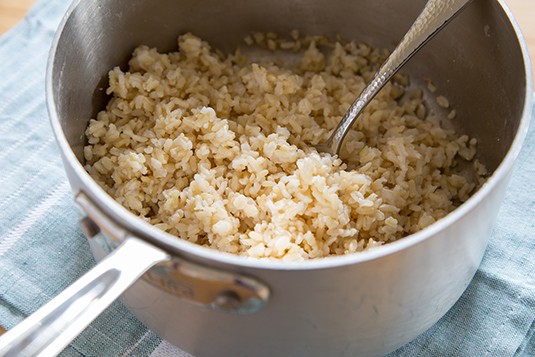
We all want to be as healthy as we can be, and are usually anxious to get there quickly, like it was a destination we could actually arrive at. Mastering a wellness lifestyle is rather like mastering any art, craft or skill. It’s more of a journey than a destination. Lifestyle means a way of living, and doing it well requires enjoying the journey.
The world around us sells the quick-fix. Becoming fit is presented as a dynamic and exciting adventure. Health foods are presented as not just nutritious, but delicious, exotic, fun and intriguing. The images of “well people” in the media portray beautiful individuals at their peak of physical fitness, exuberance and youth. The weight-loss marketing world attempts to entice us with programs that promise to be both exhilarating and expeditious.
For people who make real progress at improving their health, the reality is that change is slow, methodical, repetitious, and often plagued by lengthy plateaus. The folks who lose weight, get in shape, maintain good health and make it last are those who discover the secret of finding intrinsic reward in the mundane.
A Thousand Pots Of Brown Rice
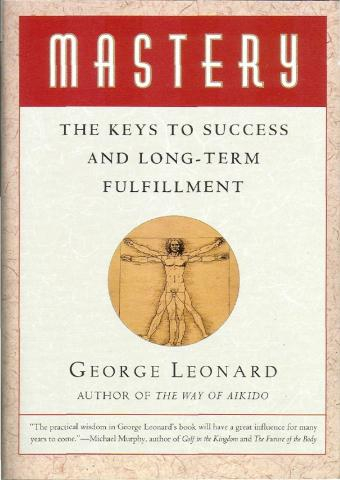 In his classic book Mastery: The Keys to Success and Long-Term Fulfillment (available online for free at https://www.thecorporaterookie.com/wp-content/uploads/2014/03/Mastery.pdf ) George Leonard describes the path to mastery as one of short bursts of increased performance followed by slowly ascending plateaus.
In his classic book Mastery: The Keys to Success and Long-Term Fulfillment (available online for free at https://www.thecorporaterookie.com/wp-content/uploads/2014/03/Mastery.pdf ) George Leonard describes the path to mastery as one of short bursts of increased performance followed by slowly ascending plateaus.
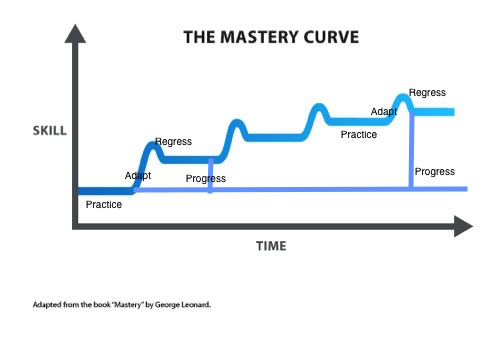
Practice, practice, practice. The key is to learn to enjoy the plateaus and know that eventually there will be progress. We live most of our life in these plateaus. Losing weight, smoking cessation, and other efforts are fraught with plateaus. Brown rice! Again? Great musicians, golfers, Yogis, all learn to love the practice. Living a wellness lifestyle is really practicing a way of living…over and over again. To keep it alive we have to notice. Noticing – being aware and mindful of the here and now – allows us to discover intrinsic joy through our senses and our emotions. There is great sensory satisfaction in the taste and smell of well-prepared wholesome food. There is real joy in the act of movement waiting to be discovered. There is true emotional satisfaction when we effectively execute a lift, a dance move, or leap over a small stream on a hike. The key is to notice.
Fortunately brown rice does taste good, kind of plain, but good. We can always spice up the brown rice in our life. Throw in a little cumin, some sort of variation to liven things up. Think of how this applies to a workout routine, a new route for that noon-time dog walk, or nurturing a new friendship to bloom instead of just sticking to our usual crowd. This helps, but what gets us through 365 days in a year, is enjoying our practice, simple as it is, of living a well-life.
Five Keys To Mastery
In Mastery, Leonard describes five keys to mastering anything, be it music, tennis, computer programming, or, in our case, living an outstandingly well life. He points to: 1) Instruction; 2) Practice; 3)Surrender; 4) Intentionality; and 5) Pushing The Edge. Here’s how this applies to our quest for mastering a wellness lifestyle.
1. Instruction
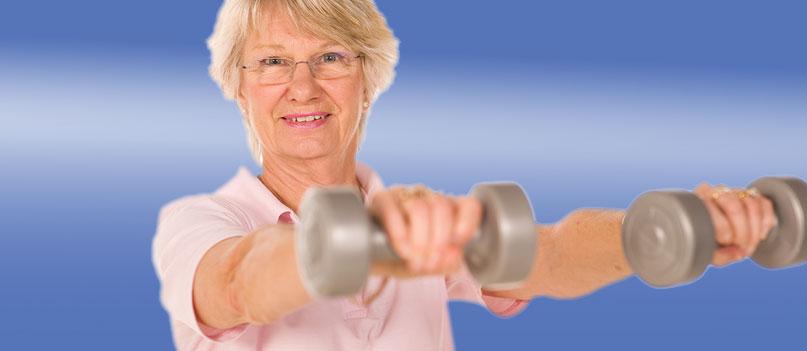
In a world of infinite choices about what to eat, how to exercise, meditate, etc., the challenge is to separate the whole-wheat from the chaff. This is where we need to do our due diligence on the sources of our wellness information. Part of what Leonard is referring to as Instruction, means finding valid and reliable sources for health information that don’t have a commercial interest in persuading us to see and buy things their way. It may mean seeking out real expertise appropriate for our needs. A certified diabetic educator will do a better job helping you set an effective self-management course than just looking things up online. A fitness trainer with solid professional credentials can help you find ways to strength train that will keep you at it for life because you’ll learn how to do it right from the start. A professional nutritionist or registered dietician can help you far more than your friend, or nearby clinic that wants to sell you all kinds of dietary supplements.
2. Practice
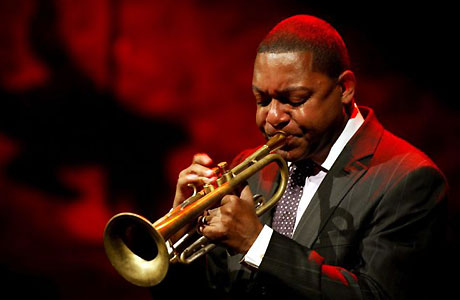
One can approach practice with either a mindset of The Imperative, or The Volitional. As a junior high school student I approached my trumpet lessons under the imperative mindset. I avoided practicing all week and then a night or two before my lesson I would get in a couple of 20-30 min. practices starting with those boring scales and exercises. I did want to be in the high school band, my parents had bought this shiny trumpet for me and were paying for the lessons, so… As I got older, I found that I enjoyed the sense of accomplishment as I mastered my lessons and could play tunes I relished. Playing in the actual band and especially the jazz band, was straight-up fun and spurred me on. Today whenever I think of a professional musician, like trumpet-master and bandleader, Wynton Marsalis, I think of the thousands of hours of practice that got him to where he is today. Think of a famous martial artist, the Bruce Lee type. How many times did they do their repetitious katas to get to where they could draw upon any move in a nano-second and execute it perfectly? To get there, at some point they practiced because they wanted to – the volitional.
The wellness lifestyle that is lived with a volitional mindset is one of choice and preference. We eat well because we have gotten to the point of preferring to eat that way by finding the intrinsic reward in doing so. Yes, we may be enjoying the added benefit of reducing some key dietary health risks, but what motivates our choices is pleasure and preference. We have discovered that healthy food can taste good! We walk, bike, lift weights, practice Tai Chi or Yoga, or both, because we truly enjoy such practices. We will do our best to prioritize the time to do activities we enjoy on a regular basis.
When we operate out of the imperative wellness mindset we choose the grilled chicken salad at the restaurant because we “know” it’s good for us. We may still crave the juicy hamburger and fries, but we twist our own mental arm and “do the right thing.” The imperative mindset around exercise is very self-defeating. We can easily maintain our “I hate exercise” mindset while doing what we are “supposed” to do. It will take less of a barrier to provide an excuse to skip today. The health-risk reduction approach to motivating us to be well actually counts on us employing the imperative wellness mindset. After all, it’s imperative that we do these things in order to be avoid illness!
We often start our wellness efforts with the imperative mindset. That’s fine. Until we achieve a bit of conditioning even walking can be tiring, or strength training can make us sore. My quads were screaming after my first Tai Chi lesson! Eating brown rice is not very thrilling to begin with. Also, fear may push us towards the imperative. Borderline cholesterol or blood sugar levels can scare us into action and get us started! For the changes to be sustainable, we want to work our way towards the volitional wellness mindset where practice becomes our new way of life, and we love it.
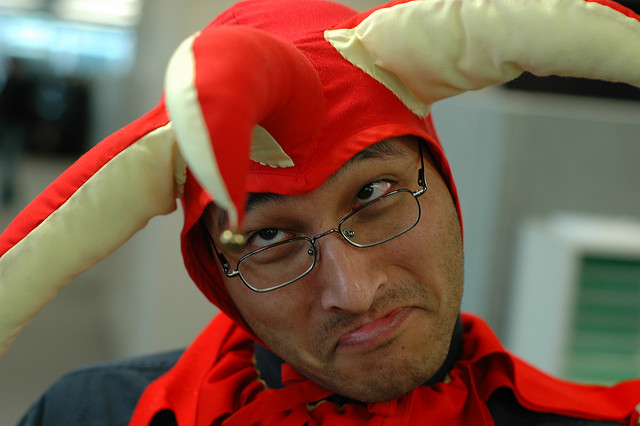 3. Surrender
3. Surrender
The path to being well doesn’t have to be boring. When we surrender to trying new things, to allowing ourselves to perhaps even appear foolish, we often discover rich rewards. Overcoming our initial fear and getting out on the dance floor, trying a food we can’t pronounce at first try, allowing ourselves to ask for support can open amazing doors.
Surrendering is not giving up. Here we are talking about surrendering our ego, our persona. What unnecessary limitations do we put on ourselves that hold us back from new opportunities? Do we really need to avoid vegetarian dishes in order to maintain some kind of image we have of ourselves? Can we try something that seems foreign to our own culture? This is where the word “try” has a positive spin. Instead of referring to a half-hearted effort, here we mean trying something like trying on a new pair of shoes to see if they fit. Think of all the pleasing surprises that have awakened new interests, new skills, new tastes, and new opportunities in your life.
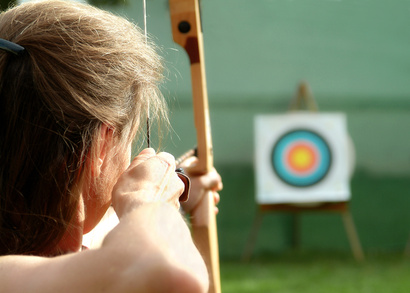 4. Intentionality
4. Intentionality
The way forward in living our lives better works best when we do it with full intentionality. Envisioning our best life possible and lying out a concrete plan to get there works much better than just mustering will power. Seeing us living our well-life vision can provide a motivational tipping point that pulls us towards practicing all of the day-after-day, mundane steps that make up a wellness lifestyle. We choose the healthier food option, or to get up and move not because we want to lose forty pounds, but because we want to live the kind of life we will have when we’ve lost those forty pounds!
Mind games? Yes, but better to engage in positive and purposeful mind games, than to slip into the negative mind games of self-deception and stuckness. Setting our intentions positively is a proven process that leads to success. Creating a well-life vision that motivates and then creating an actual Wellness Plan to get there gives us a road map for achieving the life we truly desire. These are the basic tools at the heart of all effective wellness coaching.
5. Pushing The Edge
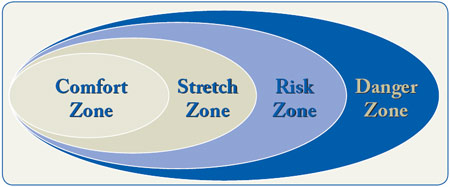
Finally, pushing the edge means extending our efforts just a bit further than we thought we could at first. It means walking in the rain anyway, sacrificing an old pattern to adopt a healthier one, taking a step that is safe, but for us very bold.
The key here may be distinction. Life in our “comfort zone” may be living up to its name, but as one quote goes, “nothing grows there.” Think about most of what you’ve achieved in your lifetime and your reflections will show that at some point success required vacating your comfort zone. We want to move into what is for us a stretch. It may be doing 15 chest presses instead of our usual 12. It may be allowing us to dance until the band goes home! The challenge is distinguishing between a “stretch” and a “risk” or even a “danger”. Sometimes a well-considered risk pays off. The new person we met agrees to get together socially. Perhaps we get out on the dance floor and no one really stares at us after all.
The 1000 Pots Of Brown Rice Approach cautions patience. At middle-age, if you go from never running to pushing yourself to run mile after mile, day after day, in less than a week you will probably have the painful condition called shin splints, or some other injury. Jumping on a radical, unproven diet craze may upset your metabolism, digestion, or worse. You’ve gone beyond risk into the danger zone.
When we are firmly on our wellness journey and have both a well-life vision and intrinsic motivation working for us, we push through more barriers. Suddenly going out on a walk in foul weather becomes a mere exercise in selecting the appropriate clothing. We tolerate a growling stomach a while longer in order to cook a healthy meal instead of capitulating to the expediency of an unhealthy pre-packaged meal. We take the “risk” of rejection by trying out a new social group of some kind. We get more “comfortable” with “stretching”!
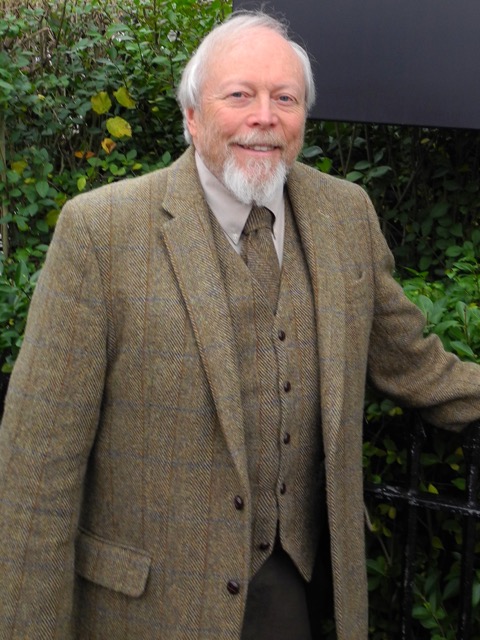 The Coach’s Takeaway
The Coach’s Takeaway
In my next blog I’ll share what it takes to develop Mastery of Wellness Coaching, but for now let’s look at how the content above can help us coach our wellness clients more effectively.
1. Go for sustainability. To coach our clients towards lasting lifestyle improvement the changes have to be sustainable. Sustainability requires both motivation and access or ease of maintenance. Our client will be performing these healthy lifestyle behaviors for the rest of their entire life.
2. Motivation sustains. Embrace imperative, fear-based motivation for the value it brings, but coach towards the embrace of intrinsic motivation. Help your clients develop the skills of mindfulness around their wellness activities. For example, ask for them to describe in detail their experience of a recent walk. Where did they go? What did they see and notice? How did they feel through their senses – warmth of the sun, gentle wind on the face, etc.? Help them reconnect with the positive feelings of performing the wellness behavior. Coach for the co-creation of a Well-Life Vision that provides a motivational link between what they want the behaviors (day-to-day) to get there.
3. Move from the Imperative to the Volitional. Coaching’s client-centered approach helps people to realize that they are in charge of their own wellness. All the aspects of their Wellness Plan are of their own choosing. We are empowering individuals to achieve what they want for their lives. As we coach clients who are still stuck in the blame game, we need to ask them “How’s that working for you?” Helping them leave victimhood behind is a great step. As client’s begin their wellness journey because they feel they “should” (the imperative) we can support them in practicing their wellness activities and action steps that help them get to the point of better physical and emotional/psychological conditioning. Then they are more ready to experience the more positive, intrinsic rewards in the same activities that took so much effort before. Maximizing on that motivation makes the shift to the Volitional Wellness Mindset.
4. Reassure. Clients need support and reassurance that life on the mundane plateaus will finally lead to success. Coach them with your own support and coach for connectedness. Growing other sources of support in their relationships, families, workplaces, etc. are key to lasting lifestyle change.
Leonard likes to say that most of a Master’s life is living in the plateaus. Make them enjoyable ones


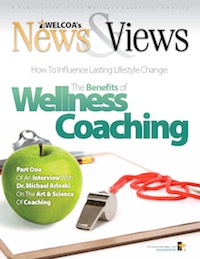
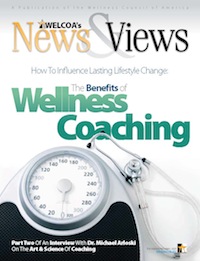


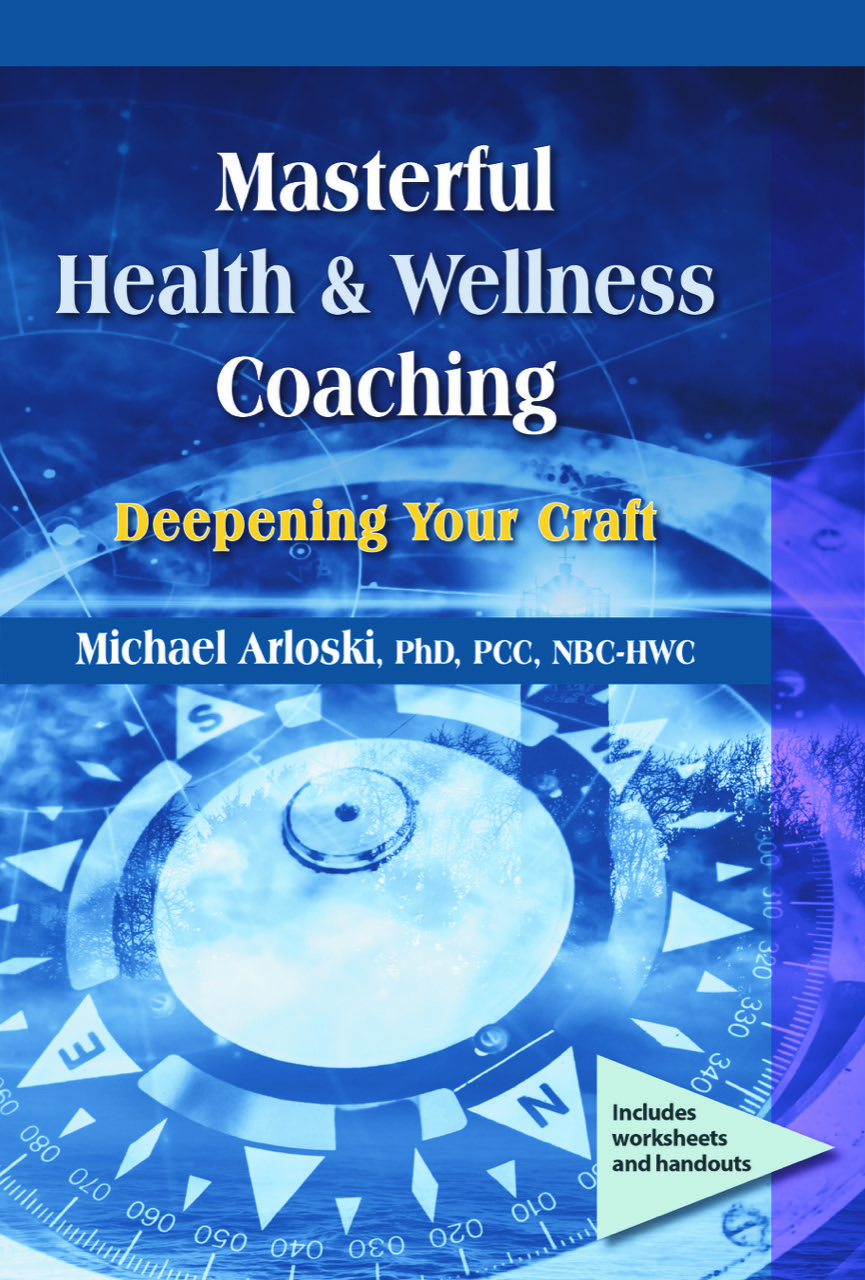

Only registered and logged in readers can leave comments.